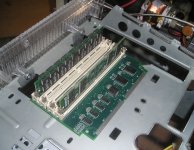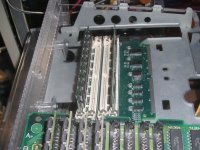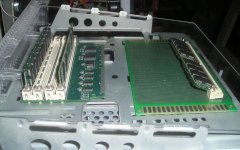Trash80toHP_Mini
NIGHT STALKER
In the back when, I spent a lot of time and a bit of the filthy lucre on toys in the attempt to replace the two banks of memory in my IIsi with pairs of 32MB 72-pin SIMMs. I finally found and dug out the box playtoys last night. Documented the more promising stuff today. We'll call this the tale of two SIMMexpanders, a remarkably incompatible SIMMPlus and a trio of true oddballs I've yet to see IRL that make the project ring true.

The 72-pin SIMM to 30-pin Socket converters appear to be fairly high grade unobtanium ore. Searching Minden or the Model Numbers didn't find them back in the day or today for that matter. :/
I hit a brick wall with what I thought was the most promising SIMMextender, the ME72472, /When it arrived, I spied a GAL on board and there went that notion . . . at that time. Bolle and Co. have come a long way in cracking GALs over the last few years, so this one may pose no problem.
I fell back on the ME72272, a pair of which would work just great . . . if only they supported 32MB SIMMs. But no, it does no support them, nor does the aforementioned SIMMPlus. For some reason the decoding on the pair supports only, 1 4, 16 and 64MB SIMMs. Dunno, maybe going for a pair of 64MB a a single 128MB SIMM makes more sense? I stayed wedded to the notion of using 32MB SIMMs because someone we know is sitting upon a dragon's hoard of the things.
At any rate, now it's a free for all, no set parameters.
The SIMMextender ME72472 is pure magic according to the specs on the packaging:
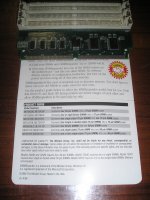
It uses single OR double sided modules! Is that the same as double banked, composite or whatever? Dunno, my brain's offline ATM, so you tell me. ;-D

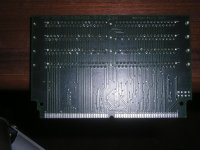
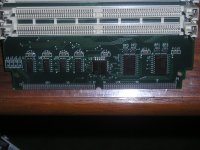
ME7227 in all its 32MB hostility:


Pesky SIMMplus:
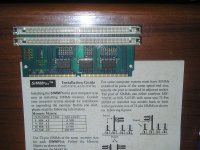
Hey @trag you want I should send you some toys?
In the off chance someone thought I broke down with a case of sanity, I've got another design case in mind if nobody wants to make replacement boards for the pretty clear cases. It too would benefit from a massive reduction in PCB real estate from its highly customized SE/30 logic board. But that's for another story. [} ]
]
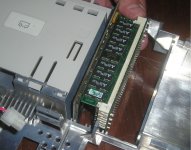
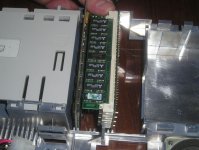
Portable MemCard is placeholder for tiny PDS card in Modem Slot, a NIC with RJ-45 pointing out the back would be perfect, room for another to the right..

The 72-pin SIMM to 30-pin Socket converters appear to be fairly high grade unobtanium ore. Searching Minden or the Model Numbers didn't find them back in the day or today for that matter. :/
I hit a brick wall with what I thought was the most promising SIMMextender, the ME72472, /When it arrived, I spied a GAL on board and there went that notion . . . at that time. Bolle and Co. have come a long way in cracking GALs over the last few years, so this one may pose no problem.
I fell back on the ME72272, a pair of which would work just great . . . if only they supported 32MB SIMMs. But no, it does no support them, nor does the aforementioned SIMMPlus. For some reason the decoding on the pair supports only, 1 4, 16 and 64MB SIMMs. Dunno, maybe going for a pair of 64MB a a single 128MB SIMM makes more sense? I stayed wedded to the notion of using 32MB SIMMs because someone we know is sitting upon a dragon's hoard of the things.
At any rate, now it's a free for all, no set parameters.
The SIMMextender ME72472 is pure magic according to the specs on the packaging:

It uses single OR double sided modules! Is that the same as double banked, composite or whatever? Dunno, my brain's offline ATM, so you tell me. ;-D



ME7227 in all its 32MB hostility:


Pesky SIMMplus:

Hey @trag you want I should send you some toys?
In the off chance someone thought I broke down with a case of sanity, I've got another design case in mind if nobody wants to make replacement boards for the pretty clear cases. It too would benefit from a massive reduction in PCB real estate from its highly customized SE/30 logic board. But that's for another story. [}


Portable MemCard is placeholder for tiny PDS card in Modem Slot, a NIC with RJ-45 pointing out the back would be perfect, room for another to the right..
Last edited by a moderator:

